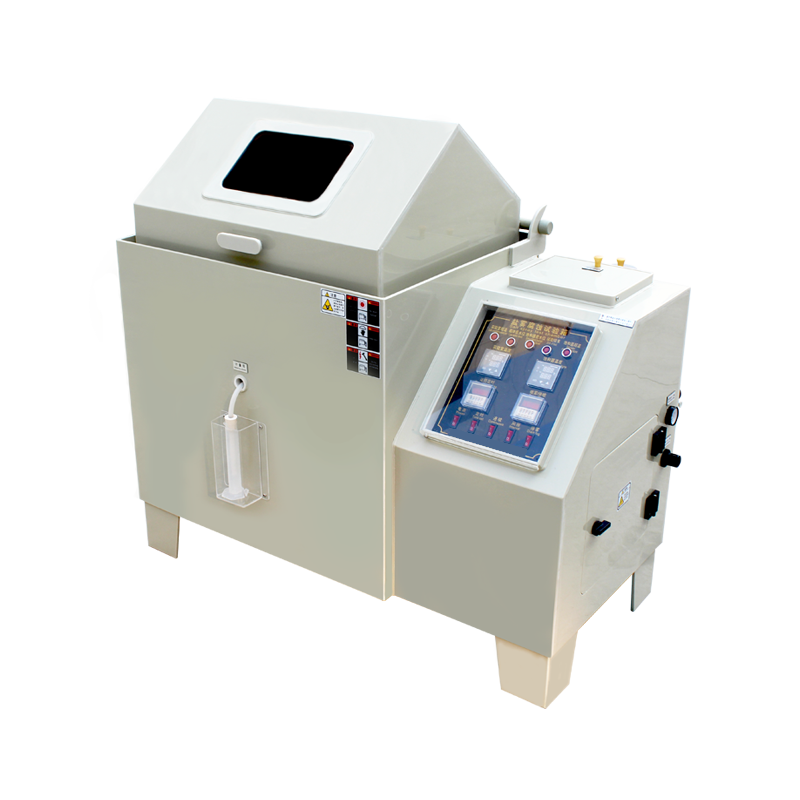In modern industry, the corrosion resistance of materials is a critical factor in assessing their service life and safety. To ensure the reliability of materials in various environments, engineers and researchers often employ salt spray chambers for testing. A salt spray chamber is a device that simulates a salt-laden mist environment to evaluate the performance of materials under corrosive conditions, thereby aiding in material selection and improvement.
A salt spray chamber is an experimental apparatus designed to create a high-concentration salt mist environment, simulating marine or chemical corrosion conditions. Its primary working principle involves spraying a saline solution in atomized form onto test samples to accelerate the corrosion rate. Salt spray testing is typically conducted in accordance with international standards such as ISO 9227, with parameters including temperature, humidity, and saline concentration to ensure the repeatability and reliability of test results.

Objectives of Salt Spray Testing
The main purpose of salt spray testing is to evaluate the corrosion resistance of materials, specifically including the following aspects:
- Material Selection: Assists engineers in choosing suitable materials for specific environments, preventing failures caused by material corrosion.
- Surface Treatment Evaluation: Assesses the impact of different surface treatments (e.g., galvanization, coating) on the corrosion resistance of materials.
- Product Lifespan Prediction: Analyzes material performance in salt spray environments to predict their lifespan under real-world conditions.
- Quality Control: During production, salt spray testing serves as part of quality control to ensure materials and products meet standards.
Limitations of Salt Spray Testing
Although salt spray testing is an effective tool for evaluating material corrosion resistance, it has certain limitations:
- Environmental Simulation Constraints: Salt spray chambers can only simulate specific corrosive environments and cannot fully replicate the diverse conditions materials may encounter in actual use.
- Interpretation of Results: The performance of different materials in salt spray environments may be influenced by multiple factors, requiring careful interpretation of test results.
- Time and Cost: Prolonged salt spray testing may demand significant time and resources, especially when evaluating multiple materials.
As a powerful tool for assessing material corrosion resistance, salt spray chambers are widely used in industries such as aerospace, automotive manufacturing, and electronics. Through salt spray testing, engineers gain deeper insights into material performance, enabling more informed material choices and enhancing product reliability and safety. Despite its limitations, salt spray testing remains an indispensable part of material science research and industrial applications, providing vital support for human technological progress and sustainable development.













